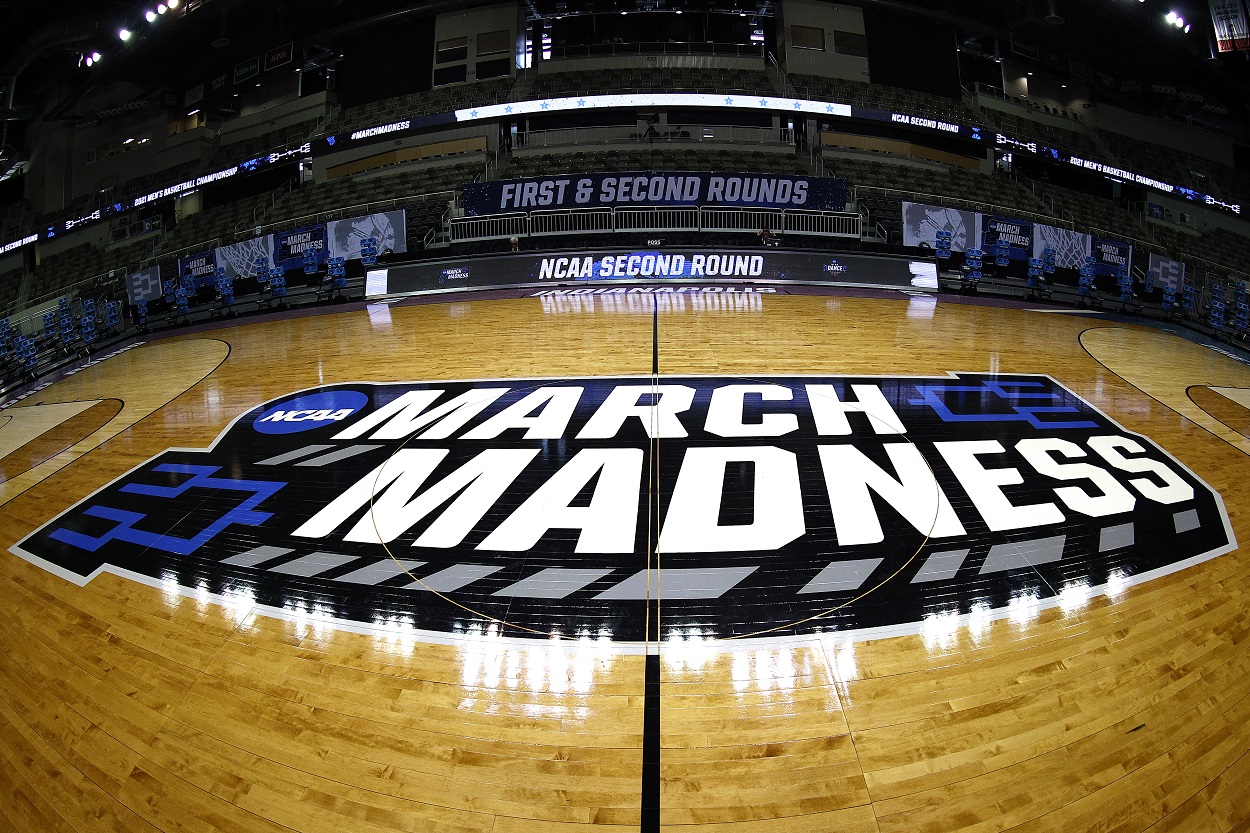NCAA
What Is the Lowest Seed to Win the NCAA Tournament?

The NCAA Tournament has long provided some of the greatest upsets in college basketball history and this year has certainly been no different, proving yet again why this annual event is known as March Madness. Sure, the Final Four, which obviously includes the national championship game, is played in April but that’s not what we’re doing here today.
No, today we’ll be looking at the lowest seed to ever win the NCAA Tournament, although we aren’t able to include every tourney as it took the NCAA nearly four decades to start seeding the teams.
The NCAA Tournament field has expanded numerous times over the years
RELATED: Where Did the Term ‘March Madness’ Come From?
Since its inception in 1939, the NCAA Tournament has more than octupled in size (don’t get to use that word in a sentence very often). The first tourney featured just eight teams and was won by the University of Oregon, who defeated Ohio State in the title game.
The tourney doubled in size to include 16 teams in 1951 and again featured that same amount in 1952. Beginning in 1953 and ending in 1968, the tournament featured anywhere from 22 to 25 teams depending on the year before the total was set at 25 in 1969.
From 1975 to 1978, the NCAA Tournament included 32 teams before the total was raised to 40 the following year. From 1980 to 1982, 48 teams battled for college basketball supremacy before the number was raised to 52 in 1983 and then to 53 in 1984. 1985 saw the first 64-team field, a 65th team was added in 2001, and the 68-team format that we have today first began in 2011.
Seeding for the tourney didn’t begin until 1978

Now, as far as seeding is concerned in the NCAA Tournament, that practice didn’t begin until 1978 and it was a little different than what we’re used to seeing today.
The ’78 tourney saw 16 conference winners who got automatic bids to “The Big Dance” receive 1-4 seeds in each of the four regions. As there were only 11 true “at-large” teams in the field that year, five other conference winners were seeded as “at-large” teams. To give you an idea of how that looked, the Duke Blue Devils were the 1Q (automatically qualified) seed in the East and their first-round opponents were the 3L (“at-large”) Rhode Island Rams.
Thankfully, this practice was abandoned after just one season and the 1979 NCAA Tournament, which featured the famous national championship game between Magic Johnson‘s Michigan State Spartans and Larry Bird‘s Indiana State Sycamores, featured simple 1-10 seeds for the four regions.
What is the lowest seed to ever win the NCAA Tournament?
RELATED: The 5 Best Cinderella Stories in NCAA Tournament History
So with our little history lesson out of the way, who is the lowest seed to win the NCAA Tournament? That honor belongs to the Villanova Wildcats, who won the very first 64-team tourney back in 1985.
After going 18-9 overall in the regular season and 9-7 in the Big East, Rollie Massimino’s squad, which included three future NBA players, was bounced in the second round of the conference tourney and given a No. 8 seed in the Southeast Regional of the 1985 NCAA Tournament.
In the first round, Villanova defeated ninth-seeded Dayton and then upset top-seeded Michigan in the round of 32 to advance to the Sweet 16, where they knocked off fifth-seeded Maryland. In the Elite Eight, they upset the region’s No. 2 seed, North Carolina, and then defeated Memphis State in the Final Four to secure a spot in the national championship game against the heavily-favored defending champion Georgetown Hoyas, who were led by future Hall of Famer Patrick Ewing.
But just as they’d done throughout the tournament, Villanova surprised everyone and emerged victorious, 66-64, against their Big East rivals to claim their first national title.
Since then, only two other No. 8 seeds have reached the national championship game, Butler in 2011 and Kentucky in 2014 with the latter losing to seventh-seeded UConn, who are the second-lowest seed to win the NCAA Tournament. UCLA also made the national title game as a No. 8 seed in 1980 but lost to Louisville.
Stats courtesy of Sports-Reference











